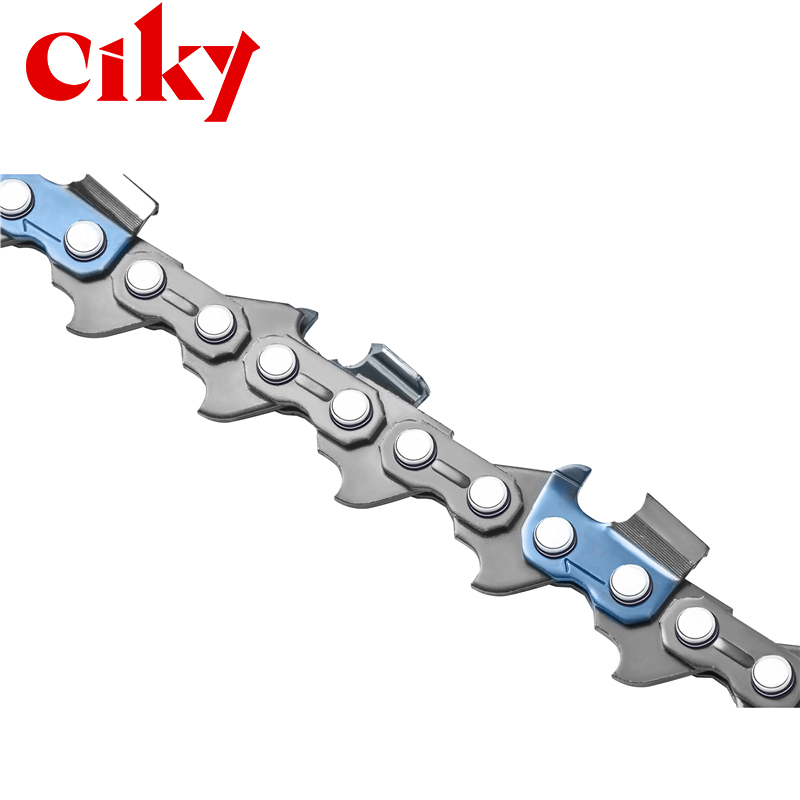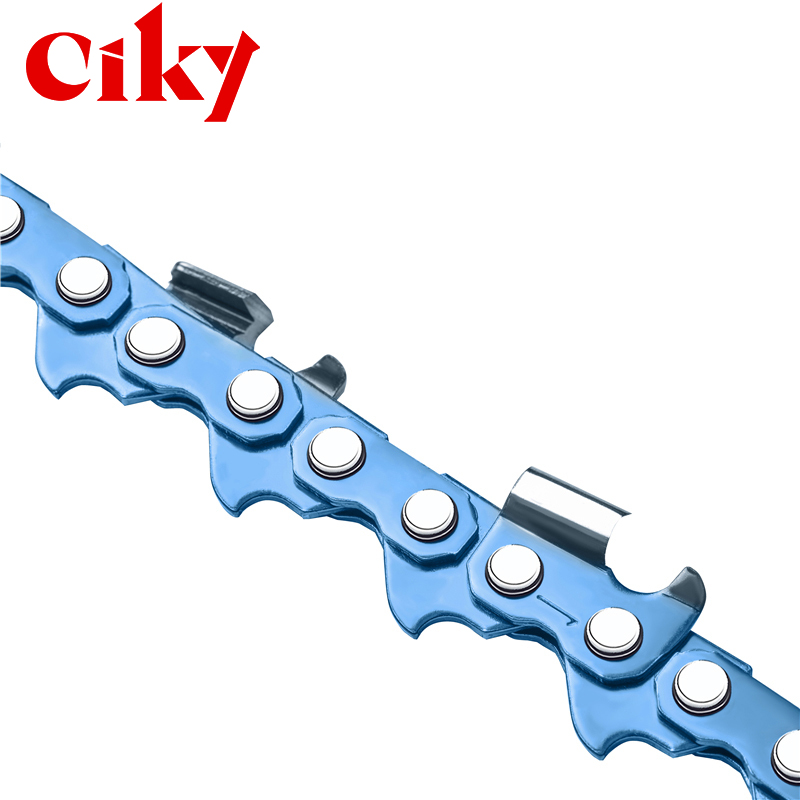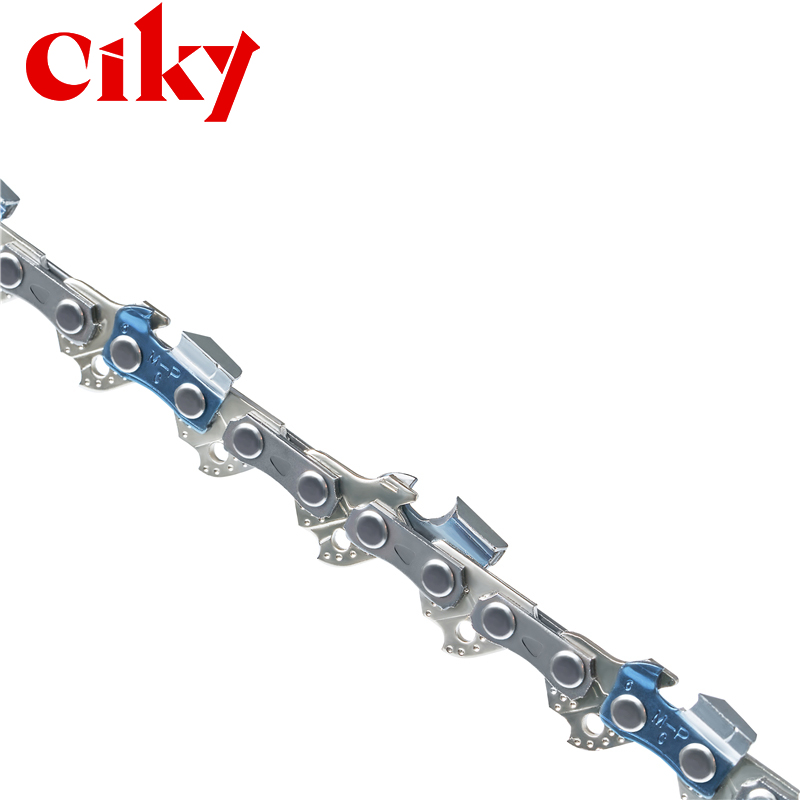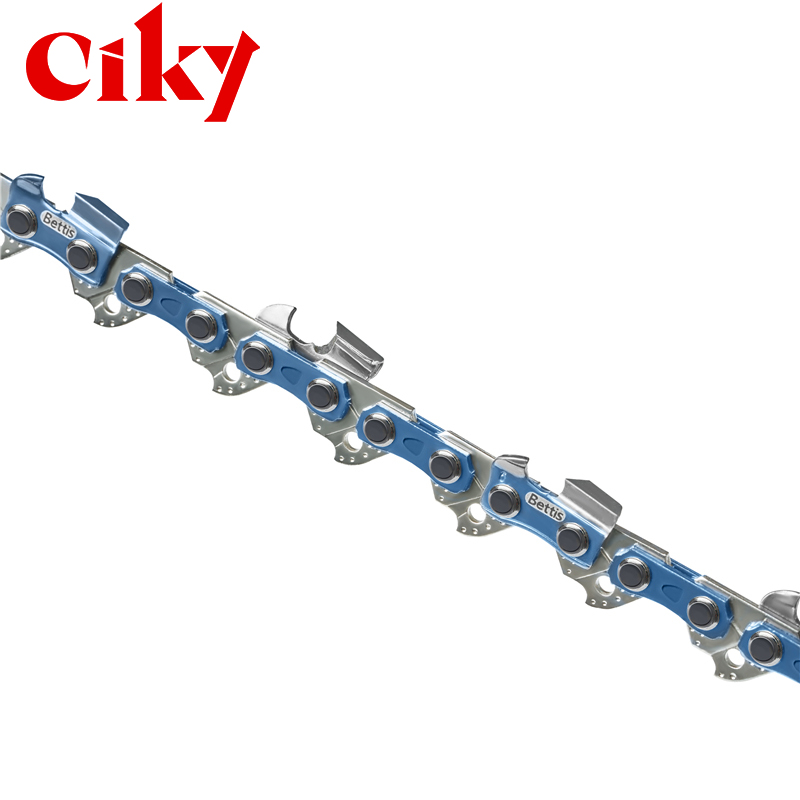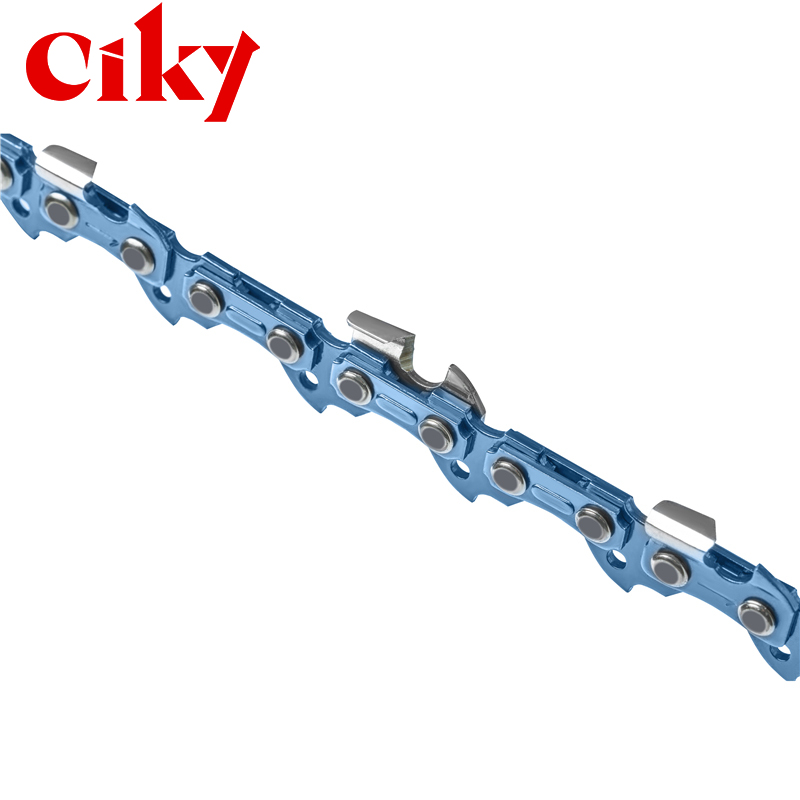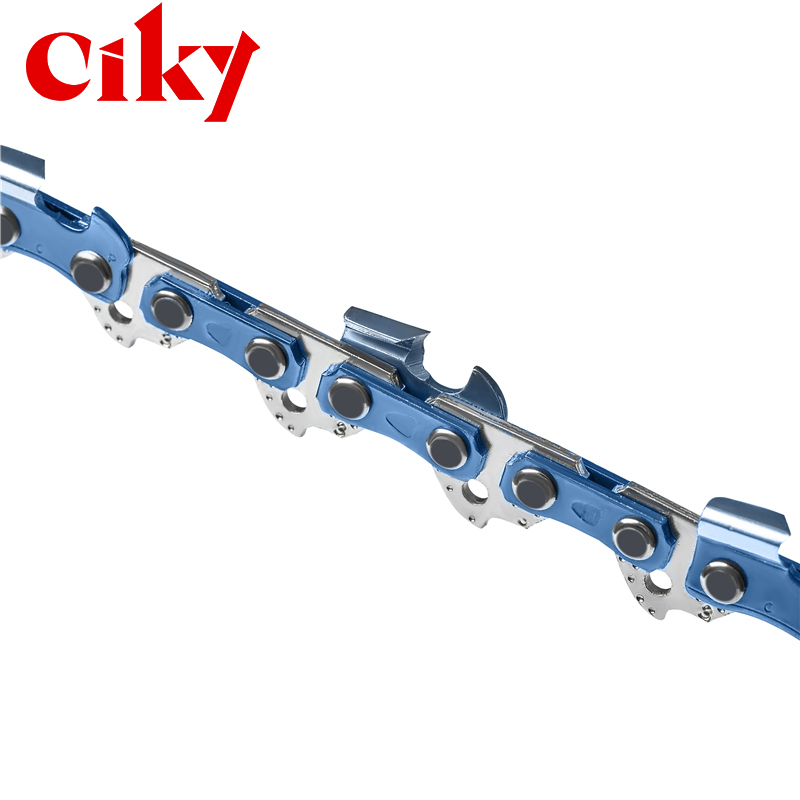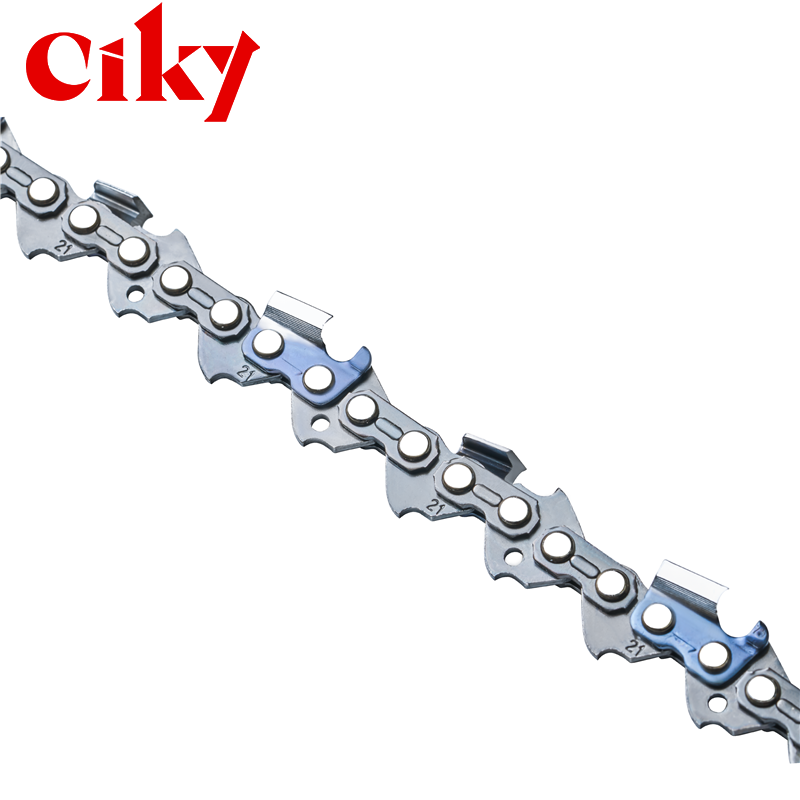The Evolution and Applications of Low-Profile Chains: Unveiling the Unsung Heroes of Modern Industry
Author:admin Date:24-11-2023
The Evolution of Low-Profile Chains
Low-profile chains have a long and fascinating history, dating back to their early use in conveyor systems during the Industrial Revolution. Originally, these chains were bulky and noisy, making them unsuitable for many applications. However, as technology advanced, low-profile chains began to undergo a remarkable transformation.
The first significant breakthrough was the development of roller chains in the early 20th century. These chains incorporated rollers between the inner and outer links, reducing friction and increasing efficiency. This innovation paved the way for a wide range of applications, including bicycle chains, automobile timing chains, and industrial conveyors.
In recent decades, low-profile chains have continued to evolve. Advances in materials, such as the use of high-strength alloys and polymers, have made them more durable and resistant to wear. Additionally, improvements in design and manufacturing processes have resulted in quieter and more efficient chains that can handle heavier loads and run at higher speeds.
Applications of Low-Profile Chains
Low-profile chains have found their way into numerous industries, contributing to increased productivity and innovation:
Automotive Industry: Low-profile chains are used in engines to drive various components, such as the camshaft and timing belts. Their precision and reliability are crucial for the smooth operation of modern vehicles.
Aerospace: Aircraft rely on low-profile chains for applications like landing gear systems and auxiliary power units. Their lightweight, durable nature is essential in this demanding environment.
Agriculture: In farming, low-profile chains are employed in equipment like combines and harvesters. They enable efficient harvesting and contribute to increased yields.
Food and Beverage: Conveyor systems in food processing plants use low-profile chains to transport products, ensuring a safe and hygienic environment.
Manufacturing: Low-profile chains are fundamental in manufacturing processes, including assembly lines and packaging machinery, where precision and reliability are paramount.
Material Handling: Warehouses and distribution centers use low-profile chains in various conveyor systems, ensuring the smooth flow of goods.
Printing: Printing presses rely on low-profile chains for paper feeding, guiding, and cutting, maintaining accuracy and efficiency.
Future Prospects
As technology continues to advance, low-profile chains are expected to see further improvements in terms of materials, design, and efficiency. 3D printing and advanced composite materials could revolutionize the manufacturing process, leading to even more durable and lightweight chains.
Moreover, the integration of Internet of Things (IoT) technology may lead to smart low-profile chains capable of monitoring their own health and performance, allowing for predictive maintenance and reducing downtime in various applications.
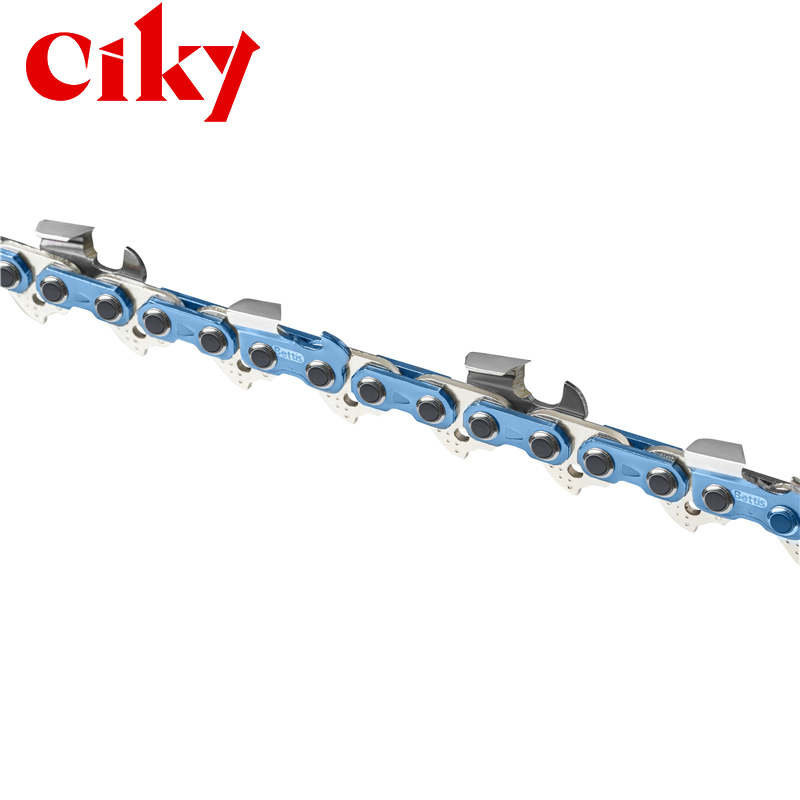
Low-profile chains have a long and fascinating history, dating back to their early use in conveyor systems during the Industrial Revolution. Originally, these chains were bulky and noisy, making them unsuitable for many applications. However, as technology advanced, low-profile chains began to undergo a remarkable transformation.
The first significant breakthrough was the development of roller chains in the early 20th century. These chains incorporated rollers between the inner and outer links, reducing friction and increasing efficiency. This innovation paved the way for a wide range of applications, including bicycle chains, automobile timing chains, and industrial conveyors.
In recent decades, low-profile chains have continued to evolve. Advances in materials, such as the use of high-strength alloys and polymers, have made them more durable and resistant to wear. Additionally, improvements in design and manufacturing processes have resulted in quieter and more efficient chains that can handle heavier loads and run at higher speeds.
Applications of Low-Profile Chains
Low-profile chains have found their way into numerous industries, contributing to increased productivity and innovation:
Automotive Industry: Low-profile chains are used in engines to drive various components, such as the camshaft and timing belts. Their precision and reliability are crucial for the smooth operation of modern vehicles.
Aerospace: Aircraft rely on low-profile chains for applications like landing gear systems and auxiliary power units. Their lightweight, durable nature is essential in this demanding environment.
Agriculture: In farming, low-profile chains are employed in equipment like combines and harvesters. They enable efficient harvesting and contribute to increased yields.
Food and Beverage: Conveyor systems in food processing plants use low-profile chains to transport products, ensuring a safe and hygienic environment.
Manufacturing: Low-profile chains are fundamental in manufacturing processes, including assembly lines and packaging machinery, where precision and reliability are paramount.
Material Handling: Warehouses and distribution centers use low-profile chains in various conveyor systems, ensuring the smooth flow of goods.
Printing: Printing presses rely on low-profile chains for paper feeding, guiding, and cutting, maintaining accuracy and efficiency.
Future Prospects
As technology continues to advance, low-profile chains are expected to see further improvements in terms of materials, design, and efficiency. 3D printing and advanced composite materials could revolutionize the manufacturing process, leading to even more durable and lightweight chains.
Moreover, the integration of Internet of Things (IoT) technology may lead to smart low-profile chains capable of monitoring their own health and performance, allowing for predictive maintenance and reducing downtime in various applications.


 English
English Español
Español